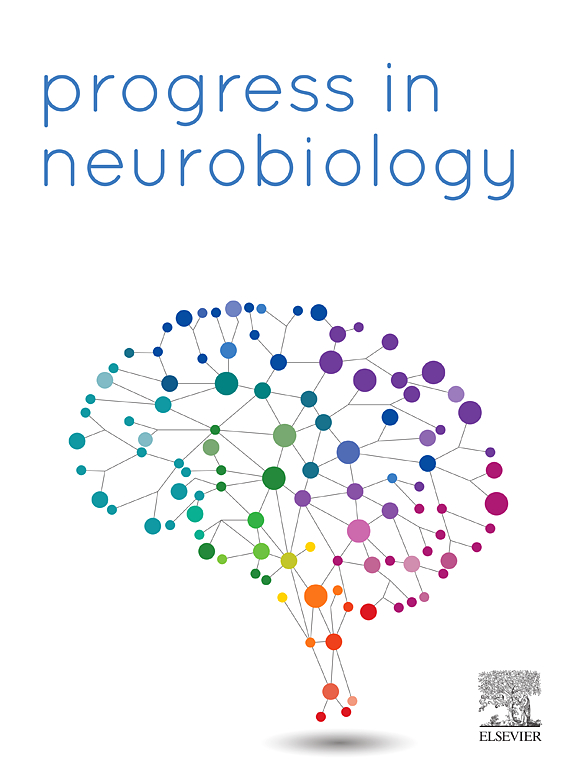非规范网状边缘通路对海马运动回路的听觉调节
IF 6.1
2区 医学
Q1 NEUROSCIENCES
引用次数: 0
摘要
快速检测和响应意外听觉刺激的能力对适应性行为至关重要,尤其是在运动过程中。由于运动抑制了听觉皮层的活动,目前尚不清楚显著的听觉信息如何影响运动回路。在这项工作中,我们利用体内钙成像、电生理学、化学和光遗传学,研究了将大宽带声音传递到海马背侧(dHPC)并调节θ波振荡的途径。我们证明了噪声加速theta频率并降低其功率,这种影响是由内嗅皮层(EC)和中隔(MS)输入介导的,而独立于初级听觉皮层。向脑桥网状核(PRN)投射的耳蜗背核(DCN)神经元的激活模拟了噪声驱动的海马反应,支持脑干-边缘听觉加工途径。此外,噪声选择性地调节CA1锥体神经元和中间神经元的活动,反映了不同的电路动力学。最后,宽带噪声刺激增加了dHPC和内侧前额叶皮层(mPFC)之间的θ相干性,增强了区域间的同步。这些结果强调了DCN过滤行为相关声音的机制,在运动过程中促进海马体的声学运动整合,而不直接影响听觉皮层。本文章由计算机程序翻译,如有差异,请以英文原文为准。
Auditory regulation of hippocampal locomotion circuits by a non-canonical reticulo-limbic pathway
The ability to rapidly detect and respond to unexpected auditory stimuli is critical for adaptive behavior, especially during locomotion. Since movement suppresses auditory cortical activity, it remains unclear how salient auditory information influences locomotor circuits. In this work, using in vivo calcium imaging, electrophysiology, chemo- and optogenetics, we investigate the path that relays loud broadband sounds to the dorsal hippocampus (dHPC) and modulates theta oscillations. We demonstrate that noise accelerates theta frequency and decreases its power, effects mediated by entorhinal cortex (EC) and medial septum (MS) inputs while independent of the primary auditory cortex. Activation of dorsal cochlear nucleus (DCN) neurons projecting to the pontine reticular nucleus (PRN) mimics noise-driven hippocampal responses, supporting a brainstem-limbic auditory processing route. Furthermore, noise selectively modulates CA1 pyramidal neuron and interneuron activity, reflecting diverse circuit dynamics. Finally, loud broadband noise stimulus increased theta coherence between the dHPC and the medial prefrontal cortex (mPFC), enhancing interregional synchronization. These results highlight the mechanisms in which the DCN filters behaviorally relevant sounds promoting acoustic motor integration in the hippocampus during locomotion, without direct influence of the auditory cortex.
求助全文
通过发布文献求助,成功后即可免费获取论文全文。
去求助
来源期刊

Progress in Neurobiology
医学-神经科学
CiteScore
12.80
自引率
1.50%
发文量
107
审稿时长
33 days
期刊介绍:
Progress in Neurobiology is an international journal that publishes groundbreaking original research, comprehensive review articles and opinion pieces written by leading researchers. The journal welcomes contributions from the broad field of neuroscience that apply neurophysiological, biochemical, pharmacological, molecular biological, anatomical, computational and behavioral analyses to problems of molecular, cellular, developmental, systems, and clinical neuroscience.
 求助内容:
求助内容: 应助结果提醒方式:
应助结果提醒方式:


